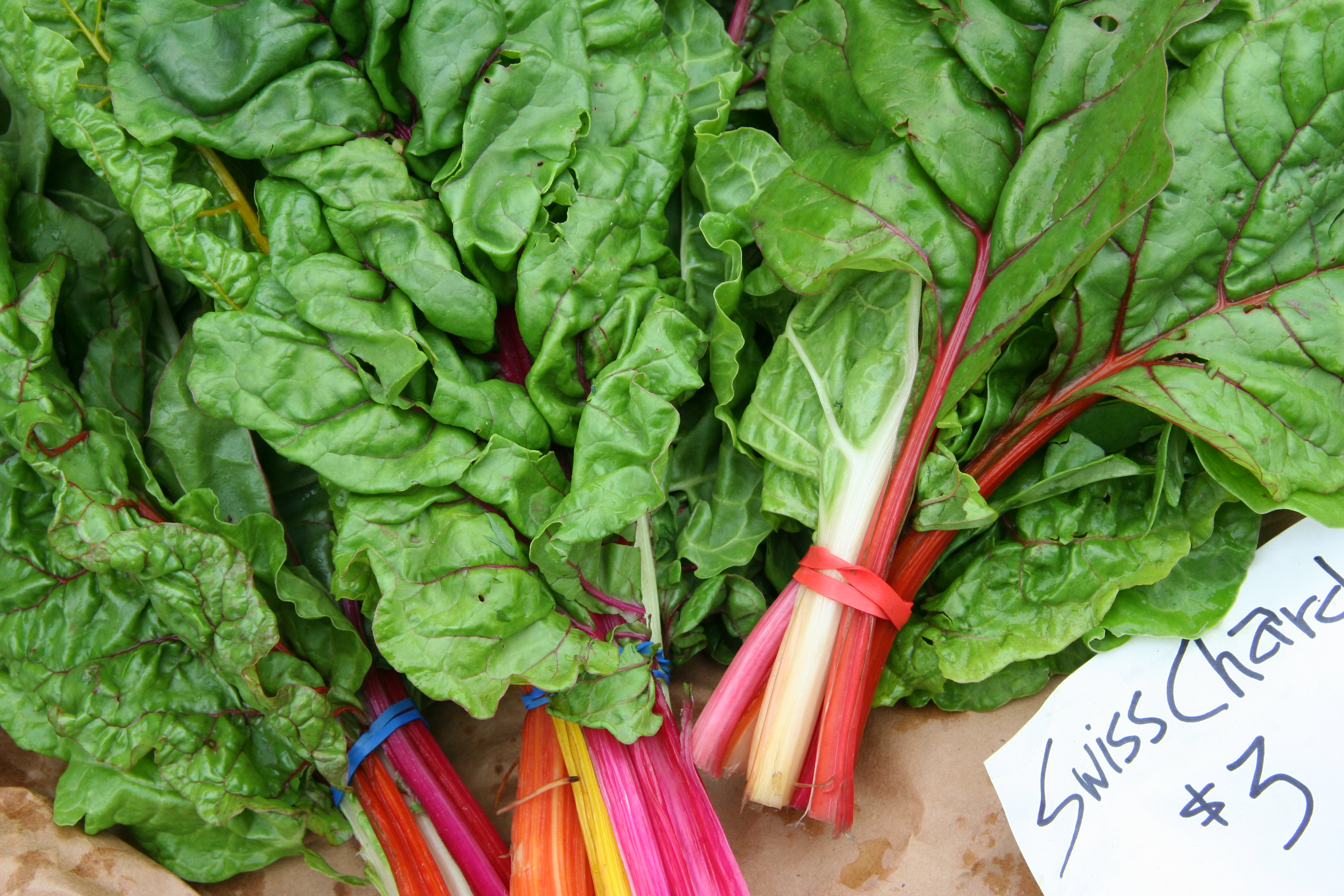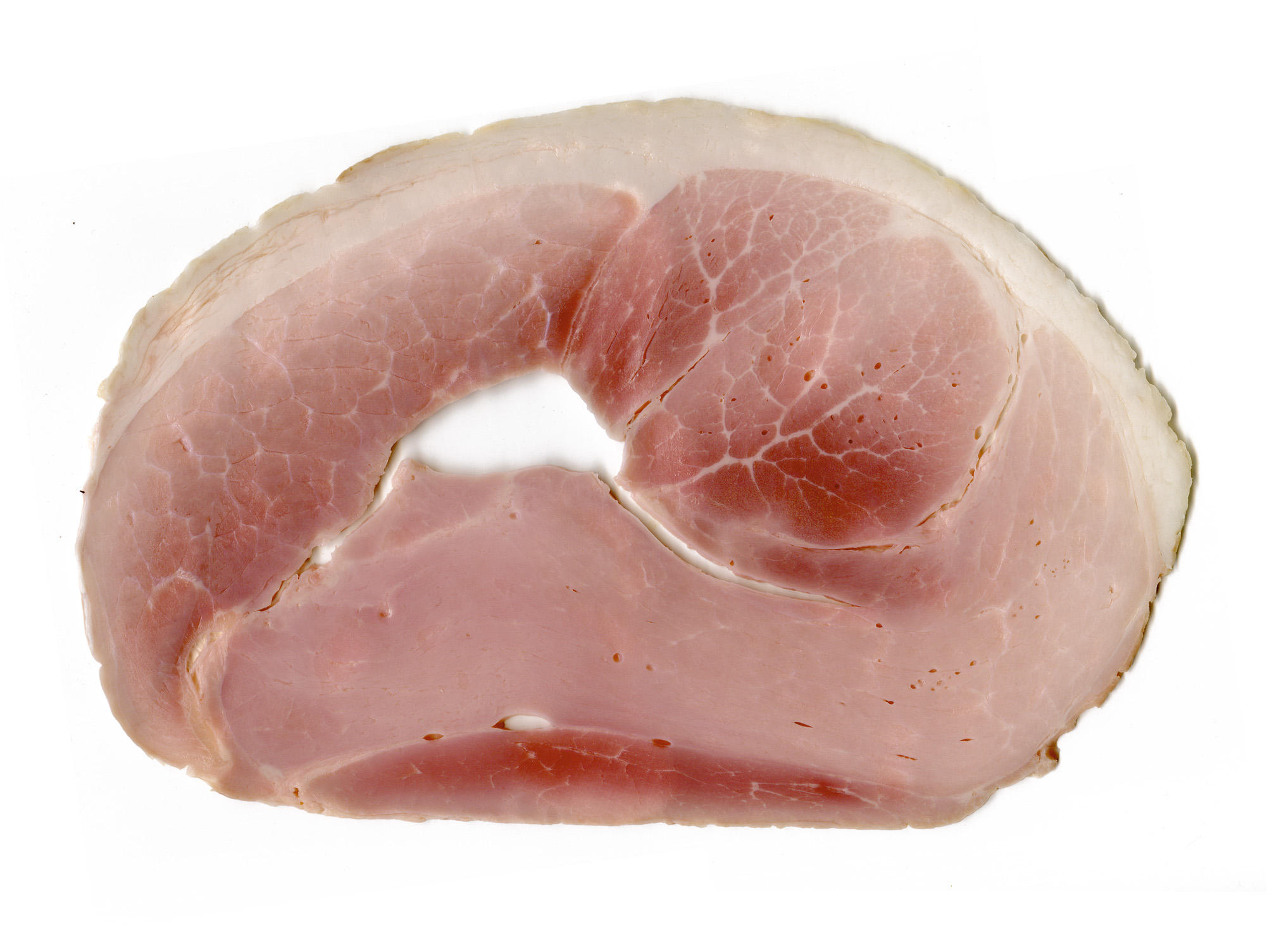|
Pochero
Puchero is a type of stew originally from Spain, prepared in Yucatán, Mexico, Argentina, Paraguay, Uruguay, Perú, south of Brazil, the Philippines, and Spain, specifically the autonomous communities of Andalusia and the Canary Islands. The Spanish word "''puchero''" originally meant an earthenware pot, before being extended to mean any vessel, and then the dish cooked in it. The dish is essentially equivalent to the ''cocido'' of Spain but lacking colorants (such as paprika), using local ingredients which vary from one region to another. In Spain chickpeas are widely used. Puchero, cocido, and the sancocho eaten in Colombia, Ecuador, República Dominicana, Venezuela and Puerto Rico, are essentially similar dishes. Andalusian puchero In Andalusia, ''puchero'' was originally a peasant soup. The basic ingredients of the broth are meat (beef, veal, pork or chicken), bacon, cured bones (such as those of the jamón serrano), and vegetables (potatoes, celery, chard, leek, carrot ... [...More Info...] [...Related Items...] OR: [Wikipedia] [Google] [Baidu] |
Andalusia
Andalusia (, ; es, Andalucía ) is the southernmost Autonomous communities of Spain, autonomous community in Peninsular Spain. It is the most populous and the second-largest autonomous community in the country. It is officially recognised as a Nationalities and regions of Spain, "historical nationality". The territory is divided into eight Provinces of Spain, provinces: Province of Almería, Almería, Province of Cádiz, Cádiz, Province of Córdoba (Spain), Córdoba, Province of Granada, Granada, Province of Huelva, Huelva, Province of Jaén (Spain), Jaén, Province of Málaga, Málaga, and Province of Seville, Seville. Its capital city is Seville. The seat of the High Court of Justice of Andalusia is located in the city of Granada. Andalusia is located in the south of the Iberian Peninsula, in southwestern Europe, immediately south of the autonomous communities of Extremadura and Castilla-La Mancha; west of the autonomous community of Region of Murcia, Murcia and the Mediterr ... [...More Info...] [...Related Items...] OR: [Wikipedia] [Google] [Baidu] |
Chard
Chard or Swiss chard (; ''Beta vulgaris'' subsp. ''vulgaris'', Cicla Group and Flavescens Group) is a green leafy vegetable. In the cultivars of the Flavescens Group, the leaf stalks are large and often prepared separately from the leaf blade; the Cicla Group is the leafy spinach beet. The leaf blade can be green or reddish; the leaf stalks are usually white or a colorful yellow or red. Chard, like other green leafy vegetables, has highly nutritious leaves, making it a popular component of healthy diets. Chard has been used in cooking for centuries, but because it is the same species as beetroot, the common names that cooks and cultures have used for chard may be confusing; it has many common names, such as silver beet, perpetual spinach, beet spinach, seakale beet, or leaf beet. Classification Chard was first described in 1753 by Carl Linnaeus as ''Beta vulgaris'' var. ''cicla''. [...More Info...] [...Related Items...] OR: [Wikipedia] [Google] [Baidu] |
Croquette
A croquette is a deep-fried roll consisting of a thick binder combined with a filling, which is breaded and deep-fried; it is served as a side dish, a snack, or fast food worldwide. The binder is typically a thick béchamel or brown sauce, mashed potatoes, wheat flour or wheat bread. The binder may be mixed with or stuffed with a filling; this mixture is called a ''salpicon''. Typical fillings include finely chopped meat, seafood, cheese, rice, pasta, mushrooms, as well as various vegetables as well as seasonings such as herbs and spices. Sweet croquettes may use a pastry cream binder and be filled with fruit. Croquettes may also be formed in other shapes: disks, ovals, balls. Etymology The word ''croquette'' is French, derived from ''croquer'', meaning 'to crunch'. In the 18th century, it was typically spelled ''croquet''. Alan Davidson, ''Oxford Companion to Food'', 1999, ''s.v.'', p. 229 Origins A 17th-century recipe for croquettes (''croquets'') by François Massialot ... [...More Info...] [...Related Items...] OR: [Wikipedia] [Google] [Baidu] |
Pringá
Pringá is a Spanish dish popular in Andalusia. It consists of roast beef or pork, cured sausages such as chorizo and morcilla, and beef or pork fat slow-cooked for many hours until the meat falls apart easily. Pieces of crusty bread are used to pull away a little meat, sausage, and fat. It is a social dish eaten around the family dinner table.CIEE International Study Program in Seville, Spain - 1999 (student journal) Pringá is usually part of other dishes, most often added to chickpea puchero, eaten either after the liquid is taken as soup, or with the liquid. See also * Ropa vieja * Andalusian cuisine * List of sausage dishes This is a list of notable sausage dishes, in which sausage is used as a primary ingredient or as a significant component of a dish. Sausage dishes * * * * * * * * * * * * * * * * * * * * * * * * * * * * * * * ... * References Meat dishes Andalusian cuisine Sausage dishes {{meat-stub ... [...More Info...] [...Related Items...] OR: [Wikipedia] [Google] [Baidu] |
Bread
Bread is a staple food prepared from a dough of flour (usually wheat) and water, usually by baking. Throughout recorded history and around the world, it has been an important part of many cultures' diet. It is one of the oldest human-made foods, having been of significance since the dawn of agriculture, and plays an essential role in both religious rituals and secular culture. Bread may be leavened by naturally occurring microbes (e.g. sourdough), chemicals (e.g. baking soda), industrially produced yeast, or high-pressure aeration, which creates the gas bubbles that fluff up bread. In many countries, commercial bread often contains additives to improve flavor, texture, color, shelf life, nutrition, and ease of production. History Bread is one of the oldest prepared foods. Evidence from 30,000 years ago in Europe and Australia revealed starch residue on rocks used for pounding plants. It is possible that during this time, starch extract from the roots of plants, such as c ... [...More Info...] [...Related Items...] OR: [Wikipedia] [Google] [Baidu] |
Noodle
Noodles are a type of food made from unleavened dough which is either rolled flat and cut, stretched, or extruded, into long strips or strings. Noodles are a staple food in many cultures (for example, Chinese noodles, Filipino noodles, Indonesian noodles, Japanese noodles, Korean noodles, Vietnamese noodles, and Italian pasta) and made into a variety of shapes. While long, thin strips may be the most common, many varieties of noodles are cut into waves, helices, tubes, strings, or shells, or folded over, or cut into other shapes. Noodles are usually cooked in boiling water, sometimes with cooking oil or salt added. They are often pan-fried or deep-fried. Noodles are often served with an accompanying sauce or in a soup. Noodles can be refrigerated for short-term storage or dried and stored for future use. Etymology The word for noodles in English, was borrowed in the 18th century from the German word ''Nudel''. History Origin The earliest written record of noodles is fou ... [...More Info...] [...Related Items...] OR: [Wikipedia] [Google] [Baidu] |
Rice
Rice is the seed of the grass species ''Oryza sativa'' (Asian rice) or less commonly ''Oryza glaberrima ''Oryza glaberrima'', commonly known as African rice, is one of the two domesticated rice species. It was first domesticated and grown in West Africa around 3,000 years ago. In agriculture, it has largely been replaced by higher-yielding Asian r ...'' (African rice). The name wild rice is usually used for species of the genera ''Zizania (genus), Zizania'' and ''Porteresia'', both wild and domesticated, although the term may also be used for primitive or uncultivated varieties of ''Oryza''. As a cereal, cereal grain, domesticated rice is the most widely consumed staple food for over half of the world's World population, human population,Abstract, "Rice feeds more than half the world's population." especially in Asia and Africa. It is the agricultural commodity with the third-highest worldwide production, after sugarcane and maize. Since sizable portions of sugarcane and ma ... [...More Info...] [...Related Items...] OR: [Wikipedia] [Google] [Baidu] |
Boiled Egg
Boiled eggs are eggs, typically from a chicken, cooked with their shells unbroken, usually by immersion in boiling water. Hard-boiled eggs are cooked so that the egg white and egg yolk both solidify, while soft-boiled eggs may leave the yolk, and sometimes the white, at least partially liquid and raw. Boiled eggs are a popular breakfast food around the world. Besides a boiling water immersion, there are a few different methods to make boiled eggs. Eggs can also be cooked below the boiling temperature, i.e. coddling, or they can be steamed. The egg timer was named for commonly being used to time the boiling of eggs. Variations There are variations both in degree of cooking and in the method of how eggs are boiled, and a variety of kitchen gadgets for eggs exist. These variations include: ;Piercing: Some pierce the shell beforehand with an egg piercer to prevent cracking. Ekelund ''et al.'' in ''Why eggs should not be pierced'' claimed that pricking caused egg white prote ... [...More Info...] [...Related Items...] OR: [Wikipedia] [Google] [Baidu] |
Cured Ham
Ham is pork from a leg cut that has been preserved by wet or dry curing, with or without smoking."Bacon: Bacon and Ham Curing" in ''Chambers's Encyclopædia''. London: George Newnes, 1961, Vol. 2, p. 39. As a processed meat, the term "ham" includes both whole cuts of meat and ones that have been mechanically formed. Ham is made around the world, including a number of regional specialties, such as Westphalian ham and some varieties of Spanish ''jamón''. In addition, numerous ham products have specific geographical naming protection, such as prosciutto di Parma in Europe, and Smithfield ham in the US. History The preserving of pork leg as ham has a long history, with traces of production of cured ham among the Etruscan civilization known in the 6th and 5th century BC. Cato the Elder wrote about the "salting of hams" in his ' tome around 160 BC. There are claims that the Chinese were the first people to mention the production of cured ham. ' claims an origin from Gaul. ... [...More Info...] [...Related Items...] OR: [Wikipedia] [Google] [Baidu] |





